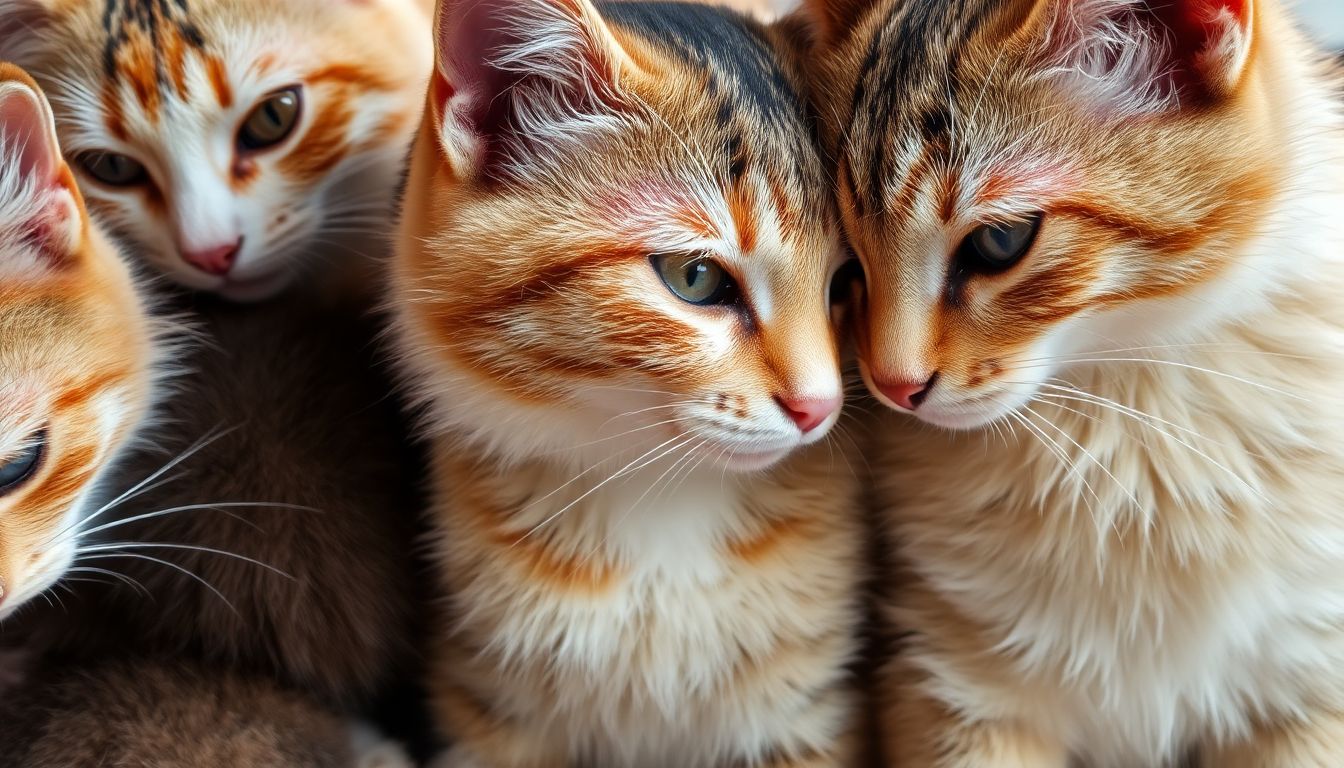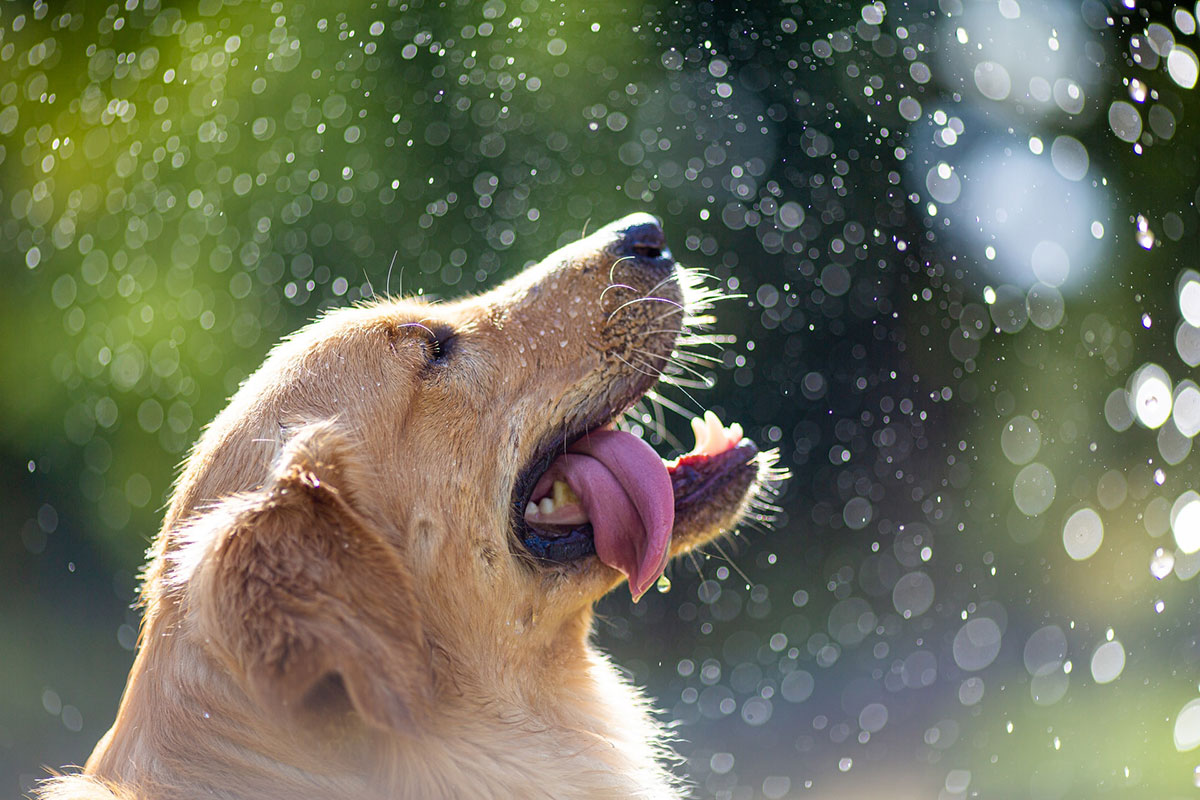Introduction
Skin is an important organ in any cat’s general health. To put it simply, its functions include protection from infectious agents, parasites, and injuries. But when some pet owners see something in their cats’ skin area not quite right, they start to worry. This is logical, for if a problem is detected in the early stages, one can save a lot of pain and expenses later. For urgent advice and help, consult the veterinarian. Many skin disorders affect cats, and each one requires a specific treatment. Learning about these disorders can ensure that your furry friend is forever happy and comfortable.
Common Types of Cat Skin Diseases
Whereby One Tries to Understand the Incidence of Catskin Conditions
Of skin problems, most commonly encountered health problems in cats. Allergies and parasites comprise nearly 70% of cases in feline dermatology. Stress, alteration in surroundings, and even seasonal variations are the risk factors. Certain breeds or some immune systems are just predisposed. It is important to know what to look for to catch them early.
Allergic Skin Diseases in Cats
The allergic skin condition is one key catalyst for the skin-related disorder. The skin becomes itchy and hyperemic. Cats with such predispositions scratch, lick, or bite their skin far in excess of normal. Typical sensitizers are food, fleas, and environment. If untreated, redness, swelling, and hair loss are the other clinical symptoms of sheet.
Parasites Affecting Feline Skin Health
Fleas, mites, and ticks are minute enemies. They caress their prey with great itching, loss of coat, and dangerous skin infections. Fleas are the commonest, infesting more than half the outdoor cats. Demodex or Sarcoptes mites dig into the skin, resulting in crusty or flaky patches. Parasites keep making cats miserable, and if one’s health status is deteriorating due to them, it calls for much treatment.
Infectious Skin Disease in Cats
Most of these commonly appear following injury or skin irritation. Conditions like pyoderma cause bacterial infections with pus formation, red bumps, and redness. Viral calicivirus may sometimes cause tongue and paw sores that affect skin. These conditions are contagious, so immediate treatment should be sought.
Non-Infectious Skin Disorders in Cats
Immune-mediated and dermatitis conditions cannot be considered germ-induced. Blistering and scabbing are found in conditions like pemphigus. Contact dermatitis may result from allergens, including certain plants or chemicals. While these issues can arise independently, they can be just as serious.
Allergic Skin Conditions in Cats
Flea Allergy Dermatitis (FAD)
FAD is caused by flea bites. Just a single flea bite can trigger serious allergic reactions in cats with this hypersensitivity. Scratching, loss of hair, and red inflamed skin are the obvious signs. This is where proper flea preventive measures—featured collars, topical treatments, and baths—come in handy. When fleas are noticed, treating the cat and the environment is paramount.
Food Allergens and Sensitivities
A variety of foods may be implicated in skin conditions. The most common culprits are beef, fish, or dairy. The symptoms include itchy skin or ear infections or patchy loss of hair. A very accurate way to identify potential food triggers is through strict food trials, that is, elimination diets. Dietary changes may solve the problem completely.
Environmental Allergens
Cats may develop allergic reactions to pollen, mold, dust mites, and some cleaning agents. Indoor cats are definitely not spared, especially with a chance of sneaking out. Elimination or exposure limitation can be achieved through cleaning, use of air-purifying devices, and avoidance of strong smells. The environmental control of allergens is a good channel for reducing allergic episodes.
Diagnosis and Treatment of Allergies
For allergic testing, the vets do tests that specify the allergens. Knowing the environment and diet of the cat helps in narrowing down to possible causes. Long-term management may include antihistamines, steroids, and special diets for maintenance. When handled well, the cat remains comfortable and symptom-free.
Parasitic Skin Diseases in Cats
Flea Infestation
The fleas start their life cycle on your cat and then jump into your home. Fleas are capable of causing intense itching, flea allergic dermatitis, and anemia in extreme cases. Detecting fleas means finding small moving bugs or black powdery specks on the skin. To control them, combing should be done religiously every day along with the administration of flea remedies and cleaning of the bedding.
Mite Infestations (Demodex, Sarcoptes, Cheyletiella)
Mite infestations cause itching, crusts, and hair loss. The Demodex mites usually lead to mild issues, while Sarcoptes will cause crippling itching. The Cheyletiella mites will shed flakes that resemble dandruff. The diagnostic process involves skin scrapings or tape tests. The treatment will involve medicated baths and topical medications as prescribed by a veterinarian.
Impact of Tick Bites
Ticks attach to the skin and send forth Lyme or anemia disease. They stage well if caught early. The removal method involves applying pressure with tweezers close to the projecting mouthparts and gently pulling. Prevention with tick collars or spot-on products will help keep them away.
Preventive Care and Veterinary Attention
Regular parasite control is essential. Your veterinarian can advise monthly preventatives targeted for your area. These checks should also occur regularly, particularly at the end of walks outside, to catch niggles early. If you keep on top of these pests, your cat remains in good health and always happy.
Conclusion
The health problems that cats face range from allergies to infections. Early recognition of a problem ensures adequate treatment. Regular veterinary visits and preventive health care are your best weapons for keeping your furry friend healthy. Look out for signs of trouble, and do not hesitate to call a professional. Good care guarantees your cat comfort, happiness, and freedom from skin discomforts. Keep its skin healthy, and in return, it will reward you with years of purring companionship.









